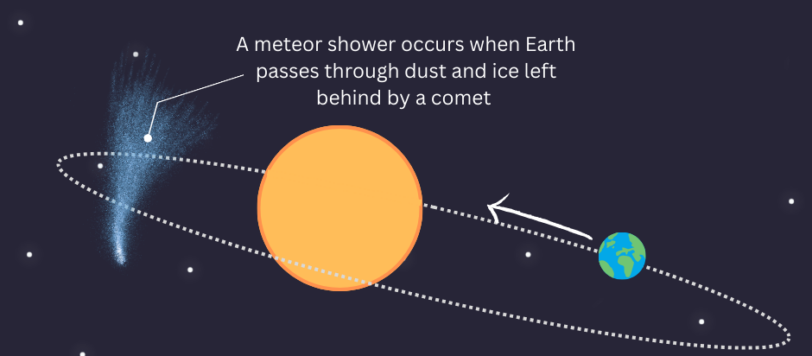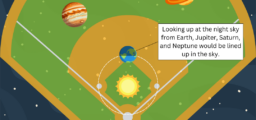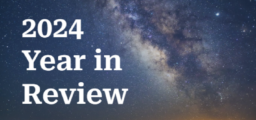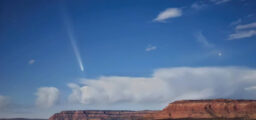The Wonders of Meteor Showers: Perseids and Geminids

In August, we will be treated to an amazing spectacle: the Perseid meteor shower. This dazzling display happens when Earth travels through the debris left by Comet Swift-Tuttle. As these particles enter our atmosphere, they burn up, creating bright streaks of light.
I used to wonder how astronomers could predict the peak date and time of a meteor shower with such precision. I thought that meteor showers were unpredictable, but it turns out they happen each year like clockwork! Meteor showers occur when Earth passes through the trail of dust and particles left by comets or asteroids that have passed through the path of Earth’s orbit. As these tiny fragments, often no larger than a grain of sand, hit our atmosphere at high speeds, they ignite, producing meteors. If a fragment is large enough to survive its fiery descent and reach the ground, it’s called a meteorite. So really, a meteor shower is less like a rain shower and more like bugs hitting the Earth’s windshield as it flies through space!
Meteors, meteoroids, and meteorites are terms often used interchangeably but refer to different stages of these particles. A meteoroid is the space rock while it’s still in space. When it enters Earth’s atmosphere and creates a bright streak, it’s called a meteor. If any part of it reaches the Earth’s surface, it becomes a meteorite. Comets, like Swift-Tuttle, are icy bodies that release gas and dust, forming spectacular tails when they approach the Sun. Asteroids, on the other hand, are rocky bodies primarily found in the asteroid belt between Mars and Jupiter.
The Perseids, peaking around August 11-13, are one of the most anticipated meteor showers of the year. Originating from Comet Swift-Tuttle, this shower can produce up to 50 meteors per hour, best viewed after midnight when the sky is darkest and the radiant point in the constellation Perseus is highest.
Come December, the Geminids offer another spectacular show. Peaking around December 13-14, this shower originates from the asteroid 3200 Phaethon. The Geminids can produce up to 75 meteors per hour, visible all night with the radiant in the constellation Gemini.
Throughout history, meteor showers have captivated human imagination. Ancient cultures often saw them as omens or messages from the gods. The Romans, for instance, have records of the Perseid shower dating back to 258 AD, referring to it as “the tears of St. Lawrence.” (Source)
For those interested in capturing these celestial events, here are a few photography tips: use a tripod for stability, a wide-angle lens to capture more of the sky, and set your camera to a long exposure to get the best results.
To fully enjoy these celestial events, find a dark spot away from city lights and allow your eyes 20 minutes to adjust to the darkness. The best time for viewing is usually after midnight when the sky is at its darkest.
If you’d like to enjoy the meteor shower with us, come to our star party on August 9th at 8:30pm at Jackson Flat reservoir! It’s a couple days ahead of the peak, but the Moon won’t be as bright, which makes it easier to see smaller meteors overhead. We will also be able to see Venus and Saturn!
For more detailed information on upcoming meteor showers, visit the Farmer’s Almanac Meteor Shower Calendar.






Comments are closed.